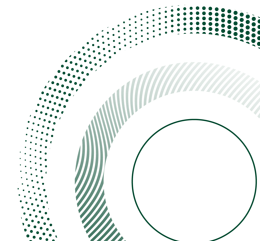It's Always Brightest During the Dawn: Feedback-Free Star-formation, Dense Stellar Clusters, and Supermassive Black Holes In Massive Galaxies During Cosmic Dawn
JWST has revealed a surprising number of massive galaxies during cosmic dawn, at z>~10 during the first billion years of cosmic evolution, whose existence challenges standard models of galaxy formation. I will present a potential solution to this puzzle, where the extremely high densities and low metallicities in galaxies at cosmic dawn leads to a Feedback-Free Burst (FFB) of star-formation, because the timescale for gas clouds to cool, collapse and form stars is shorter than the timescale for stellar feedback to disrupt the cloud. This simple model naturally explains many of the observed properties of these "overly-massive" galaxies during cosmic dawn. It also leads to a number of interesting predictions. In particular, we predict that such galaxies will be comprised of several thousand extremely dense stellar clusters, each ~10^6 M_{sun}, similar to dense star-clusters which have been observed in galaxies at z>6 by JWST. These clusters can be the progenitors of globular clusters and the birth-places of intermediate mass black holes (IMBHs). We predict that FFB galaxies should host several thousand IMBHs which merge in the galactic centers due to dynamical friction off the galactic disc, forming supermassive black holes with M_{BH}/M_*~0.01 by z~8, similar to recent JWST observations. Finally, I will discuss the post-FFB evolution of these galaxies and in particular how they might explain a surprising population of massive quenched galaxies observed by JWST at z~6.
תאריך עדכון אחרון : 28/05/2025



